Over the last year, CAPACOA and Culture Creates collaborated with the Bern University of Applied Sciences to develop a conceptual model for performing arts data. At the same time, Culture Creates was building the artsdata.ca knowledge graph, and RIDEAU was rolling out the Scène Pro information system. The former assembles data about performances; the latter gathers data about organizations, venues and performing arts productions. What if the two datasets were interoperable and could exchange data? We tried it out.
Culture Creates, in collaboration with RIDEAU and Logient, tested the feasibility of a “semantic pathway” between the Scène Pro platform and the artsdata.ca knowledge graph to enable the publication of data (title, producer, promotional photos, etc.) entered into Scène Pro by industry stakeholders as Linked Open Data on the semantic web. This prototyping and development project has succeeded in mapping a subset of data from Scène Pro to the LDFI Conceptual Model, and when combined with linked open data from artsdata.ca and Wikidata, demonstrated added value for different actors in the arts sector.
As illustrated in our technical report, the interlinking of these complementary datasets and their publication as linked open data could contribute to:
- Building better event listings for the public
- Building better social media profiles for Organizations
- Providing media professionals with timely access to photos with credits
It is possible to imagine, with relatively little additional software development, that Scène Pro could become a source of unique IDs (URIs) of performance works. Rich production information (including, for example, information about the duration of the performance which is seldom available on presenters’ websites) could become available to search engines and listing sites, providing added value to users of Scène Pro. This would also allow search engines to quickly and unambiguously identify and relate different performances of the same production on tour, creating a network that should positively impact the discoverability of these events. Further, search engines could gain a capacity of assembling reviews, ratings and audience feedback information into an e-word-of-mouth ranking factor.
These are just a few of the many benefits that good quality, self-assembling data can bring to the cultural sector when expressed as linked open data.
Over the next year, Culture Creates will continue to promote a data-centric approach and work with CAPACOA, RIDEAU, and many other partners to continue building an interlinked performing arts knowledge graph.
I would like to thank Marie-Pier Pilote, agente de développement numérique at RIDEAU, for accepting to work with me on this prototyping project. I would also like to thank Agence Mickaël Spinnhirny and SPEC du Haut-Richelieu for accepting to share their data for the purpose of this project. Finally, I would like to acknowledge the support of the Government of Canada and of the Canada Council for the Arts towards the Linked Digital Future initiative.
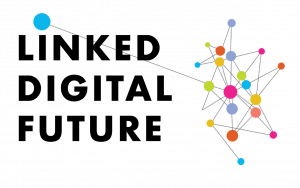
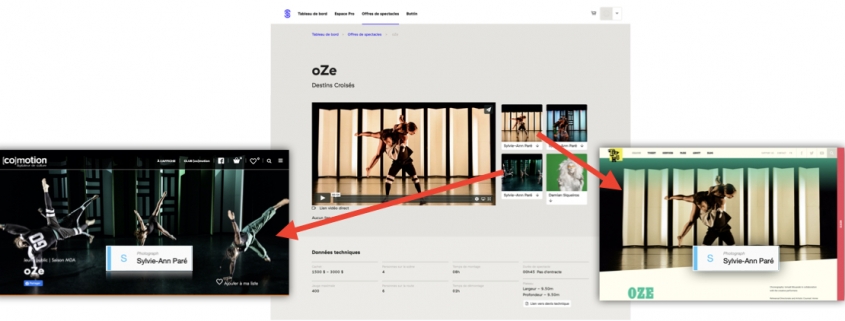 CC 4.0 BY-SA
CC 4.0 BY-SA
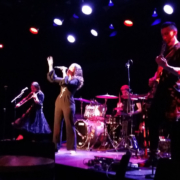

 CC BY-SA 4.0
CC BY-SA 4.0 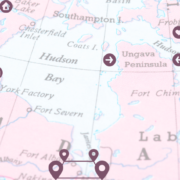
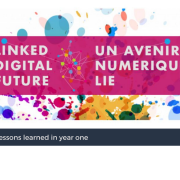

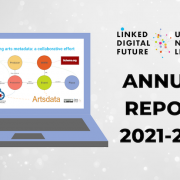





Trackbacks & Pingbacks
[…] What Bay-Cheng’s talk emphasized is the more long-term and complex need to influence the way these powerful machines understand the arts. This is a priority area for the Canadian performing arts sector that Culture Creates, CAPACOA and their partners have worked tirelessly over the last few years to address. In particular, they have focused on the work involved in linking up existing data from different organizations with each other, and figuring out the best way to make them available to machines as linked open data. […]
Leave a Reply
Want to join the discussion?Feel free to contribute!